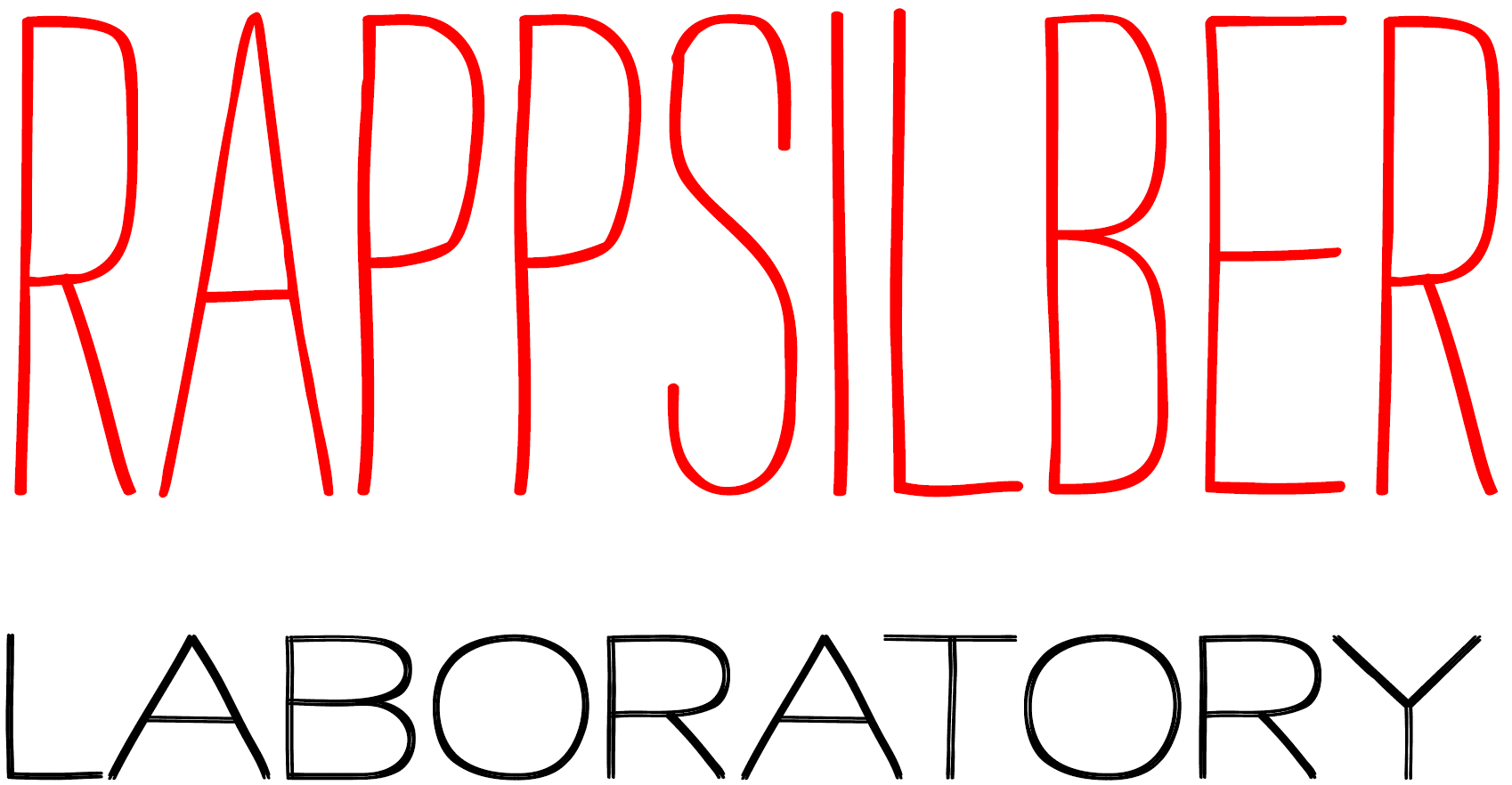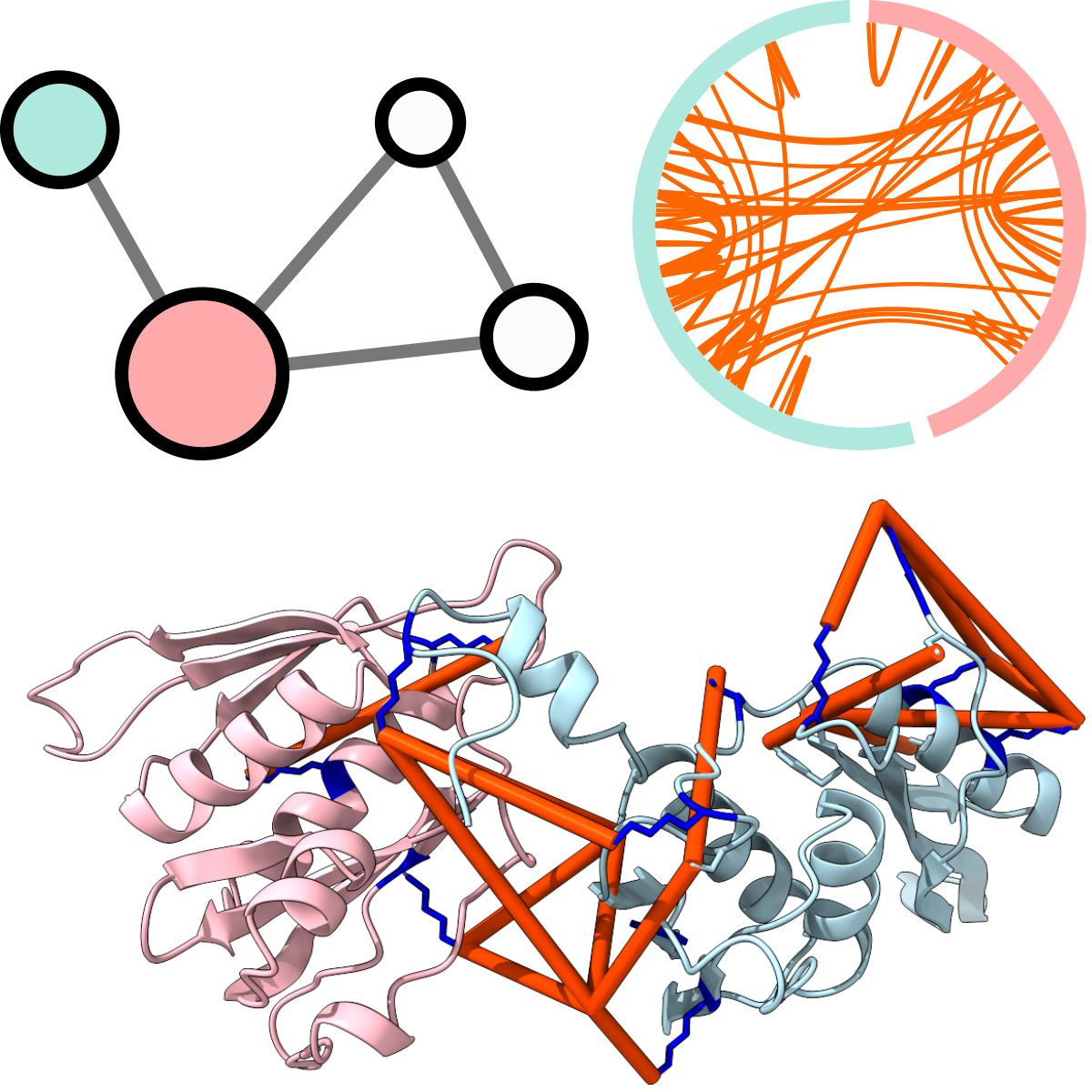https://doi.org/10.1016/j.str.2021.11.007
Crosslinking mass spectrometry (crosslinking-MS) is a versatile tool providing structural insights into protein conformation and protein-protein interactions. Its medium-resolution residue-residue distance restraints have been used to validate protein structures proposed by other methods and have helped derive models of protein complexes by integrative structural biology approaches. The use of crosslinking-MS in integrative approaches is underpinned by progress in estimating error rates in crosslinking-MS data and in combining these data with other information. The flexible and high-throughput nature of crosslinking-MS has allowed it to complement the ongoing resolution revolution in electron microscopy by providing system-wide residue-residue distance restraints, especially for flexible regions or systems. Here, we review how crosslinking-MS information has been leveraged in structural model validation and integrative modeling. Crosslinking-MS has also been a key technology for cell biology studies and structural systems biology where, in conjunction with cryoelectron tomography, it can provide structural and mechanistic insights directly in situ.


